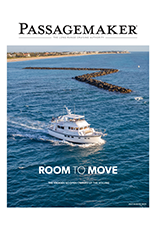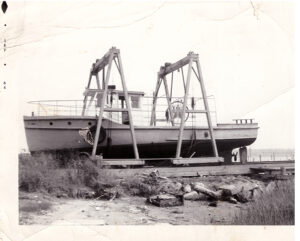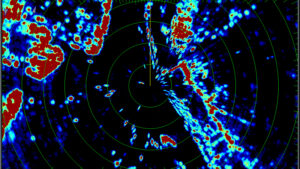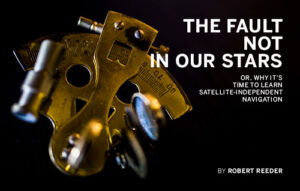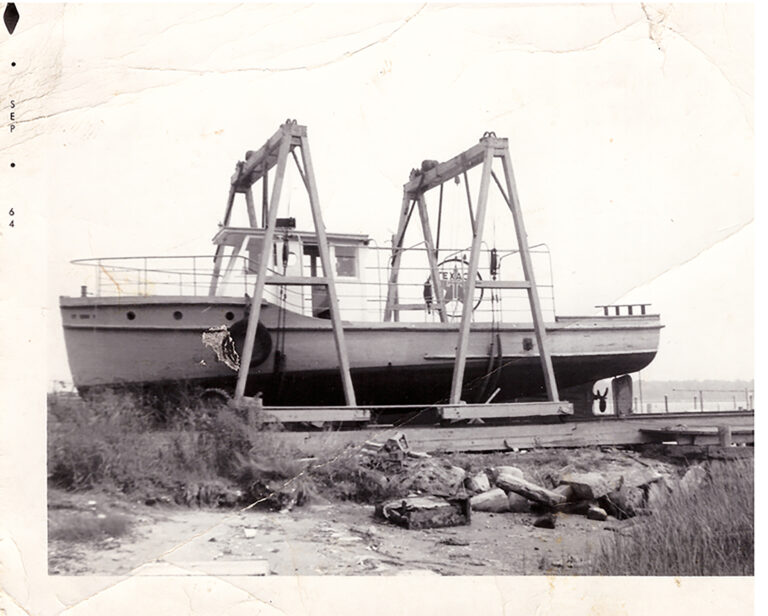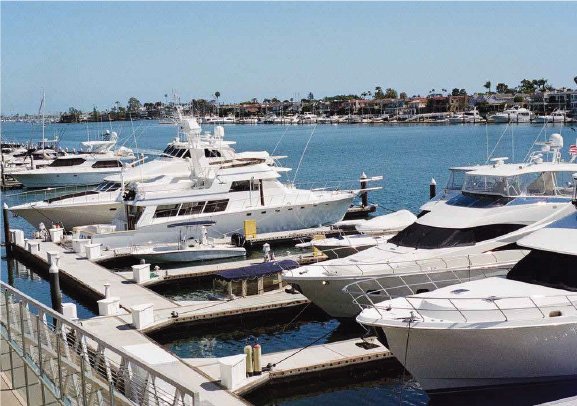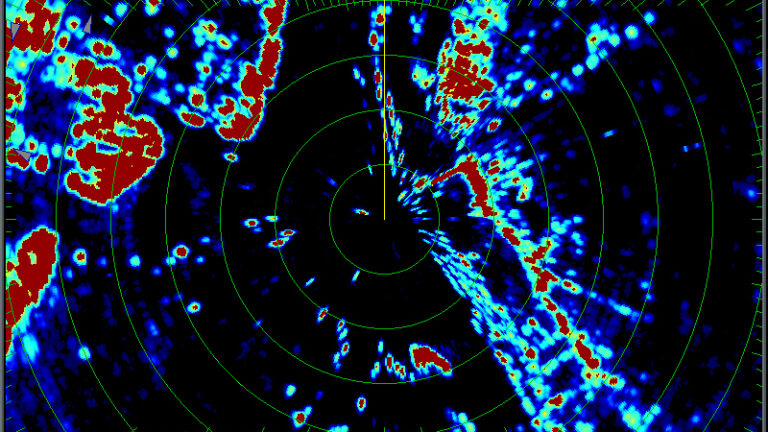After being dormant for the winter, spring commissioning affords boat owners an opportunity to reacquaint themselves with various systems, and carry out routine maintenance. While it’s desirable to inspect all of a vessel’s systems before she is taken out for her first spring cruise, key systems warrant the greatest attention. On many vessels, an inspection of these systems should take require no more than a single day.
Seacocks and Anti-Siphon Valves
Begin your inspection of your cruiser’s watertight integrity with seacocks. If it’s out of the water, count the number of below the waterline through hull fittings and then match these with seacocks inside the vessel, ensuring that each one is accessible and moves freely. Accessible means little of any gear or joinerwork needs to be moved, and by no means should tools be required. Most modern seacocks are of the ball and plastic seat valve variety, which means they are self-lubricating. However, this may not always be the case. The best way to keep seacocks from becoming stiff or seized is to exercise them regularly. Make sure the nuts that secure handles are tight, loose seacock handles can become stripped or fall off.

While you are accessing seacocks, look for associated anti-siphon valves as well. I recently inspected a vessel that was equipped fourteen anti-siphon valves, many of which were located in out of the way or virtually inaccessible locations. Anti-siphon valves are all too frequently neglected. They should be serviced, the valve removed, inspected, cleaned or replaced, at least annually. If you don’t already have one, this is a good time to create a chart showing the location of every seacock and anti-siphon valve aboard.
Carefully inspect raw water hose for signs of leakage, cracking or decay. I’ve seen fifteen year old raw water hose that looked as god as new, and, conversely, I’ve seen raw water hose aboard new boats that was already beginning to deteriorate. In most cases it’s a function of initial quality, better, and invariably more expensive, hoses last longer; if any of yours are in need of replacement don’t skimp, and make certain they carry a SAE J2006R rating.
Bilge Pumps
Bilge pumps often suffer during lay-up periods; disuse is never good for onboard gear. When visually inspecting your bilge pumps, make certain they are secure and not capable of drifting around the bilge while under way. Hoses and clamps should be free of rust and decay. Bilge pump electrical components should also be inspected, especially connections between the pump’s and vessel’s wiring. These connections should either be well above the pump, at least eighteen inches, or fully waterproof. If the connections are not visible, it’s worth taking the time to go digging for them, in many cases I find ordinary, non-waterproof butt splices hidden under loom just a few inches above the pump.

Bilge pumps should be tested at least annually and this is a good time to undertake such a test. Testing involves an actual demonstration of the pump’s ability to remove water from the bilge, rather than simply lifting the float switch to confirm it runs. Check valves used in many bilge pump systems are notorious for becoming stuck in the closed position, which means the pump will run, and even agitate the water around it, yet it can’t actually remove water from the bilge.
Test each one of your pumps by adding water to the bilge and having the pump remove it; if you want to go a step further confirm the pump’s rate by adding a known quantity of water to the bilge and recording the discharge time. With some simple math you can calculate each pump’s installed, real-world discharge rate. At the same time, test the bilge high water alarm by allowing the water you add to trigger this as well. You do have an audible high water alarm, right?
Steering Systems
Most vessels rely on hydraulic steering systems, and as reliable as these may be, they can suffer from wear and tear as well as design faults and installation or repair errors. Inspect yours carefully using a strong flashlight or drop light. Look for leaks at unions and valves, and loose hardware, especially the fasteners that secure the hydraulic rams to the shelf on which they rest, by placing your fingers on each nut and bolt. Check all hydraulic ram and linkage pivot pins, looking for sighs of galling, fretting or loose components. Make certain the ram’s ball end locking nut is tight, I’ve seen these loosen and separate, leading to a loss of steering. If the vessel has over 1000 hours on it and you’ve never removed steering linkage pivot pins or bolts, spring commissioning would be a good time to try it.

Mechanical or cable steering systems also suffer from wear and tear, often more so because of the number of moving parts and the friction between them. For these systems it’s important to carry out a visual inspection on as much of the cable as possible, looking for broken strands, known as meat hooks in the industry, fretting and galling, as well as each sheave. A small pile of metal dust or rust beneath any of these components is worthy of concern. If your vessel came with a manual tiller, and you’ve never fit and tested it, now is a good time to do so.
Propulsion
If your vessel uses a mechanical shift and throttle linkage (meaning it’s not an electronically controlled system) begin your inspection with these components. Starting under the dashboard or helm area, look for loose locking nuts, loose cable jacket clamps, and worn or missing clevis and cotter pins. On cable-controlled systems, the cable end-locking nut should be tight against the terminal. Progress to the same fittings where they connect to the engine and transmission. All hardware should be tight, cotter pins in good condition, and free of rust or corrosion.
For electronically controlled engines look for loose wiring and signs of chafe at the engine and transmission harnesses, and make sure the weight of the cables is not imparting load on terminals or transmission solenoids.
Place your fingers on each and every propeller shaft coupling, fastener and set screw looking for any that may be loose. Coupling set screws, if equipped with a hole for seizing wire, should be seized. The wire should be installed and tensioned in such a way to be imparting a clockwise rotation to the screw.

Inspect the stuffing box hose and clamps, looking for cracking and corrosion. In many cases, the upper hemisphere of a stuffing box hose clamp can appear pristine, while the lower portion is badly corroded. Use a mirror or point and shoot camera to get a look at the bottom of the clamps. Some dripless stuffing box manufacturers recommend hose replacement, regardless of visual appearance, every six years.
Finally, if the vessel is hauled, inspect the propeller, strut if equipped, shaft bearing, and rudder. Prop nuts should, of course, be tight, try turning them; the half-height nut should be installed first, up against the propeller hub. Turn the propeller by hand. It may initially require significant force to break the adhesion between the shaft and bearing, however, thereafter it should turn relatively easily, with no more effort than is required to open a rolling garage door.
If it does, there may be an alignment issue or the shaft bearing may have swelled. While on the subject of the bearing, inspect it for excessive pinching or gaps between its rubber and the shaft, as well as cracking or other types of deterioration. If the rubber is separating from the bearing’s metallic shell it should be replaced as a complete separation could lead to a serious failure. Grab the rudder and shake it, movement should be minimal with no rattling or clunking heard or felt.
Carrying out a commissioning inspection of this sort will almost certainly enable you to increase your vessel’s seaworthiness and reliability, as well as affording peace of mind to her crew.
